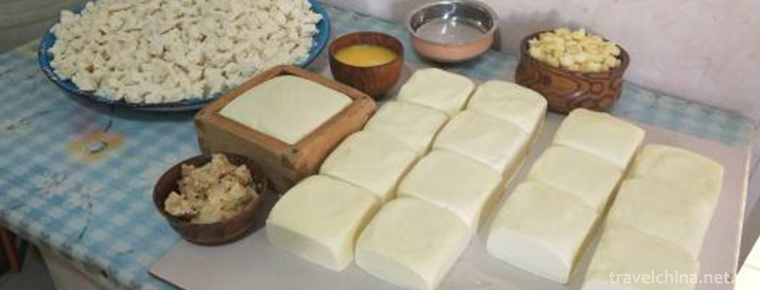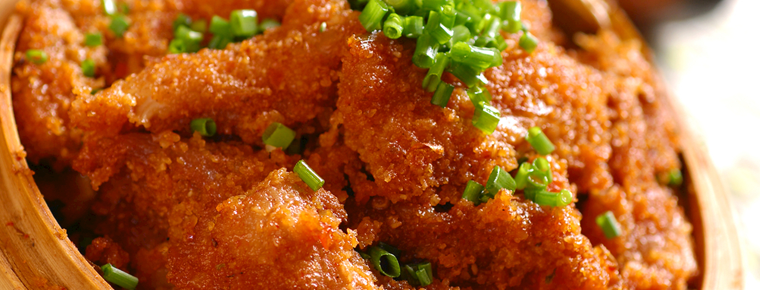2019-06-07

- By ChinaWiki.net
- Chinese Edition
- 2020-12-17
Leshan climate
Leshan has formed a variety of climate types under specific geographical conditions. Because the region is located near 29 ° n, the city belongs to the middle subtropical climate zone, with the characteristics of four distinct seasons, abundant rainfall, water and heat in the same season, and long frost free period. The annual average temperature is 16.5-18.0 degrees, the annual average frost free period is more than 300 days, the annual average frost days are 4.2-9.4 days, and the annual average snowfall days are only 1.0-2.7 days. It is a high-yield area of agricultural and sideline products such as rice, wheat, oil, sugar, fruit, cotton and so on. There are obvious vertical climate differences in southwest mountainous areas. From the foothills to the top of the mountains, there is a complete climate zone of middle subtropical, warm temperate, temperate and cold temperate zone. The climate conditions are very complex. It is the region for the development of comprehensive agricultural management and three-dimensional agriculture, the main production area of timber, tea, Chinese medicine and other crops, and also a valuable tourism resource. Affected by the monsoon and the uplift of the terrain, the climate is humid and the rainfall is abundant. The average annual precipitation in most areas is more than 1000 mm, Emeishan City is more than 1500 mm, only Ebian and Jinkou River are less than 1000 mm. The precipitation has seasonal changes. The rainfall in summer and autumn accounts for about 80% of the whole year, while winter and spring only accounts for 20%. The annual minimum precipitation is mostly below 900 mm, and the maximum annual precipitation in some areas is more than 2000 mm.
Ask a Question
Your email address will not be published.



0 Questions